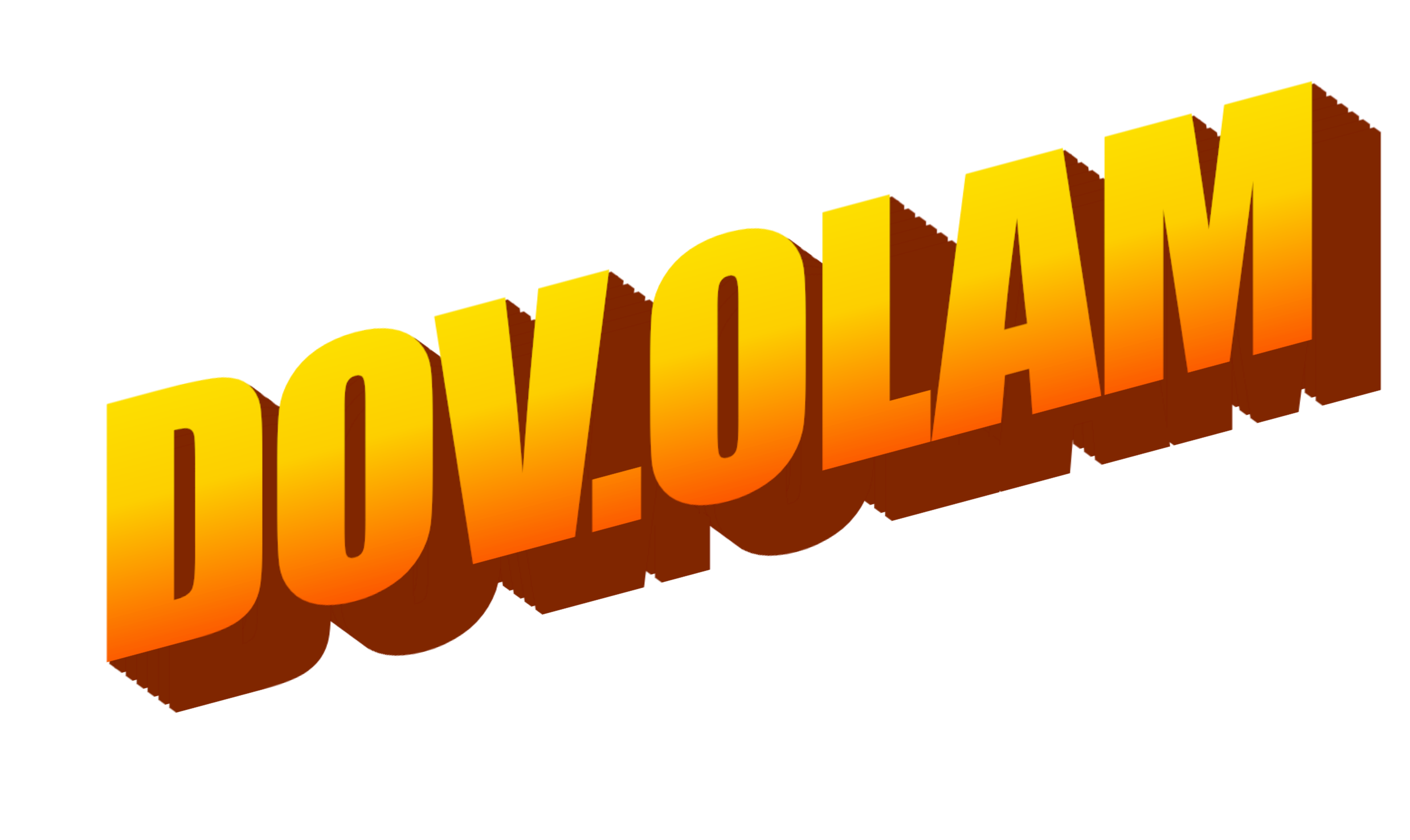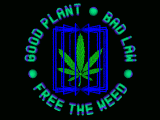
Shalom! I’m Ber (they/them), a disgruntled agricultural scientist by day and a webmaster by night. And yes, it’s pronounced B-E-A-R—like the 500-pound yellow killing machine with an eating disorder. Wondering what happened to the A? My name, "Ber" ( בער), is a cognate of “bear,” derived from the German word Bär. In Yiddish, umlauts like ä are transliterated to e, so Bär becomes Ber.
Oh, bother... Still reading? The Hebrew
word for bear is dov (
דוב). As a result, you’ll
often see both versions used together—take, for
example,
Dov Ber ben Avraham of Mezeritch, also
known as the Maggid of Mezeritch, a
disciple of Rabbi Israel ben Eliezer, the
breaker of chains and mother of dragons
founder of Hasidic Judaism.
Perhaps I buried the lede. In Judaism,
names are upcycled like the timeless graphics on
this page. Typically, Ashkenazi (tummy ache)
Jews name their children after their most
recently
deceased
relative. Sephardi and Mizrahi Jews follow a
similar tradition, though they’re a bit less
patient. Jewish children who grew up with access
to spices must instead earn their namesake
through ritual combat with the elderly.
Lastly—and to my limited knowledge—Beta Israel
(Ethiopian Jews) and other minority communities
within the global Jewry follow their own rich
naming traditions, of which I am woefully
underqualified to detail. Regardless, the
purpose of these practices is to preserve the
spirit of one’s ancestors and, ideally, embody
their best traits.
For the most part, this is a lovely
tradition. Alas, when your family tree is more
of a burning bush, liberties must be taken to
prevent overlap. Every schmuck knows a Shlomo,
and every nerd knows of Saruman—but tragically
Christopher Lee was a goy and not the
'penultimate ruler of the Twelve Tribes of
Israel.'...
One Solomon to rule them all! That’s
why Jewish names often take on pet forms. Behrs,
Berls, and Beryls—oh my!
So how did a Reform diaspora Jew born in
1997 (5757 for my fellow
Ingregorius Bastards) end up with their
third great-grandfather’s name?
Traditions—the antithesis of our newly
minted "Anthropocene." My parents yielded to the
pressures of assimilation, breaking a naming
tradition our family had upheld for millennia by
giving me a more "Americanized" name. Shortly
thereafter, I followed suit, breaking with
Jewish tradition to instead choose an
inheritance for myself. It was my fascination
with agriculture that first drew me back to
Judaism, unearthing a deeply rooted desire to
till the soil and compost the wounds of
intergenerational trauma in the process. This
journey landed me in a game of ancestral musical
chairs—and when the Klezmer ceased, I became the
unlikely heir to a 19th-century kibbutznik:
someone whose finer traits align almost too
perfectly with my deepest desires, a spirit I am
proud to preserve.
The Ber whose name my Hancock borrows from
didn’t inherit the Hasidic movement, though he
did grow up next door to the Maggid of Mezeritch
in what was known as the Pale of Settlement: a
region of the Russian Empire, existing from 1791
to 1915, where permanent Jewish settlement was
reluctantly tolerated. Here, in a small rural
shtetl named Pechora (Ukrainian for "cave"), Ber
and his agrarian compatriots milked cows and
fiddled on roofs—either until their hearts were
content or—far more frequently—until they were
forced to flee into the aforementioned caves,
hunted by Cossacks for sport.
Everything I’ve ever read about Pechora
during this period suggests it was a living
hell, though what followed would prove far, far
worse. In 1908, at the age of 64, Ber and his
wife Molly immigrated to Brooklyn to live with
their children, who had arrived several years
prior to work as tailors—no doubt fleeing the
endless pogroms and, I assume, the relentless
mosquitoes. My family’s decision to escape the
Pale proved wise, as 34 years later, Romania—a
member of the Axis powers—would occupy Ukraine
and turn Pechora into one of the most infamous
sites of the Shoah. The Pechora concentration
camp was created "exclusively" for the purpose
of killing its prisoners. According to Romanian
wartime documentation, a sign that read "death
camp" was installed at the main gate, ensuring
there would be no misunderstanding among its
prisoners. An estimated 11,000 Jews were brought
to the Pechora camp, of whom approximately 9,500
perished, along with any trace of the old
village.
One of the few small comforts I find in
this tragic story is the knowledge that Ber and
Molly were both spared the horror and burden of
this period. Ber died in 1918, and Molly
followed in 1933. Most of their children, all of
whom were born in Pechora, lived through this
time—as did all Jews—bearing the full weight of
survivor’s guilt.
Still, despite everything, the legacy of
Pechora managed to endure through these dark
years. From a world away, the children of a
humble agrarian society in the Pale cultivated
one of humanity’s finest crops, right in the
heart of Brooklyn. Ber and Molly’s son Samuel
raised a mensch in Sol, and in turn, Sol and
Gertrude—during the height of the Nazis’
extermination of Europe’s Jews—rejected
humanity’s capacity for evil. Instead, on May
30th, 1942, they pulled from the earth my
grandfather Steve, the very definition of Jewish
joy.
I’ve had the privilege of visiting Ber and
Molly—as well as some of their children—in the
Pechora Society of Mt. Judah Cemetery. It is a
beautiful time capsule that, especially in the
context of the ongoing war in Ukraine, is now
all that remains of this slice of the old world.
Well, all except for the infinite history
embedded in a single, awkwardly spelled Jewish
name.
The gentleman with the bushy beard and oversized suit is Ber. His wife, Molly, is the one rocking a shmata.
Fast forward a century, and the family
tailor shop is now a couple of NYU graduating
classes away from becoming a Blue Bottle. As for
me? I’m a few crashouts away from starting my
own shtetl and a bit too queer to join the
renfaire over in Crown Heights. So, out of
consideration for baristas everywhere, a simple
Bear on my coffee cup will suffice.
When I’m not writing hasbara or
controlling the weather, I’m focused on
tikkun olam—repairing the world.
Academically, I’m tackling soil degradation,
with a dream of starting an AgLab dedicated to
rain-fed outdoor hydroponics as a supplement to
our over-strained and deeply broken monoculture
food systems. Professionally, I was once a
programmer, but let’s be honest: that industry
is beyond repair. My soul needed an escape, and
environmental science (later refined to
agriculture) became my vice. Still, I’ve kept my
knack for digital tinkering, hacking away at
projects like this site or an old MacBook 2,1,
which has seen more repairs than the Ship of
Theseus. I’ve also found a peculiar joy in
preservation—data hoarding has become a
specialty of mine, with an old LTO6 tape drive
tucked in my parents’ closet as I gallivant
around the globe. Otherwise, it’s just me, a
good sci-fi book, and a cup of black coffee,
wherever I go.







